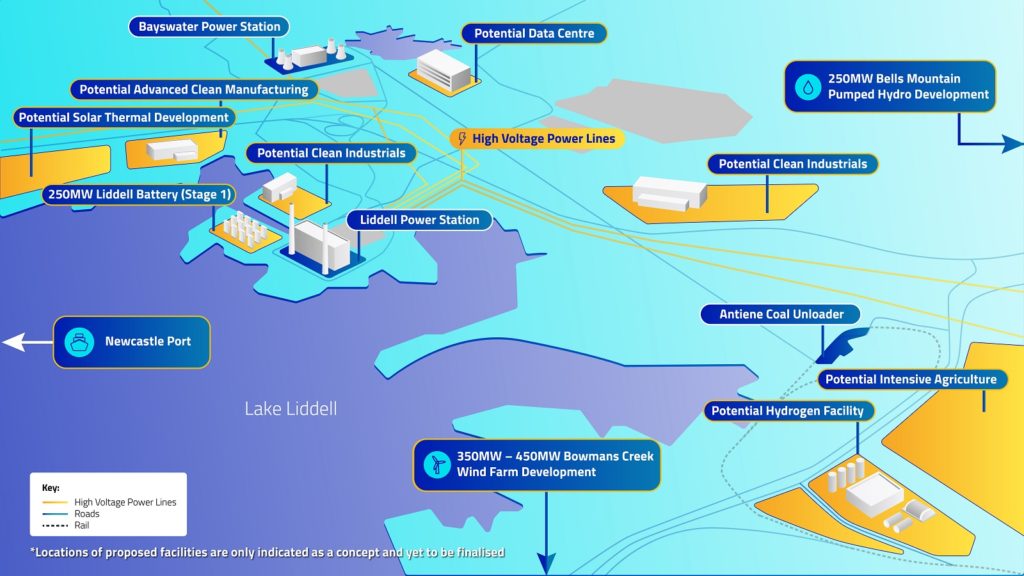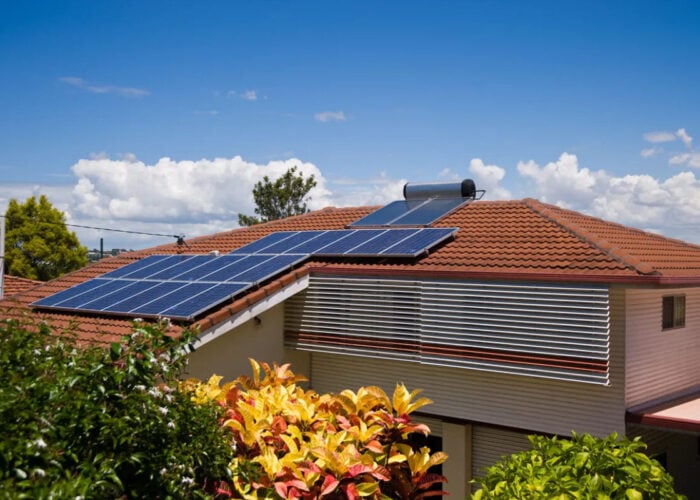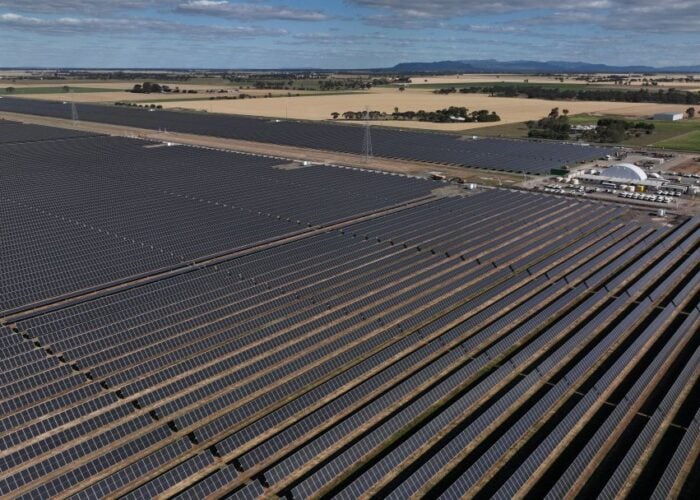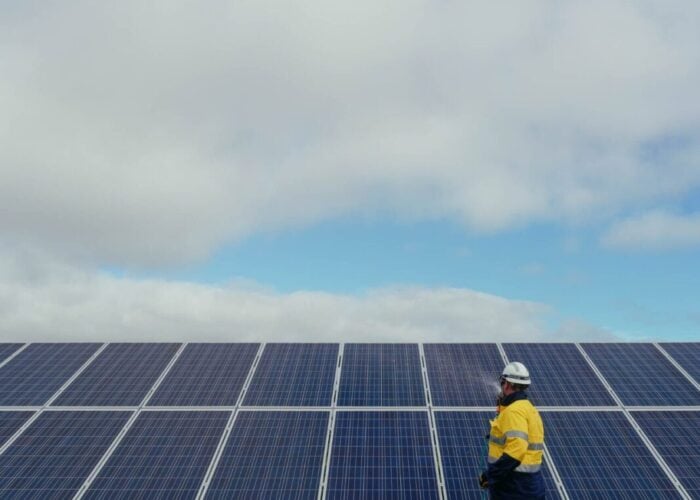
Mining giant Fortescue is to partner with Australian energy major AGL Energy to examine the potential of repurposing legacy coal assets for renewables-powered green hydrogen facilities.
Fortescue’s Future Industries (FFI) division will work with AGL on feasibility studies to repurpose the existing energy infrastructure at the Liddell and Bayswater coal-fired power stations, located in Hunter Valley, New South Wales, and convert them into green hydrogen production facilities.
Try Premium for just $1
- Full premium access for the first month at only $1
- Converts to an annual rate after 30 days unless cancelled
- Cancel anytime during the trial period
Premium Benefits
- Expert industry analysis and interviews
- Digital access to PV Tech Power journal
- Exclusive event discounts
Or get the full Premium subscription right away
Or continue reading this article for free
AGL has already stated that Liddell is to close entirely by April 2023, with the first units set to shutter in the next year. Combined with Bayswater, the two facilities have a total generation output of around 4.6GW.
A 250MW battery energy storage facility has already been proposed for the Liddell site.
Should the feasibility studies return a favourable verdict, gigawatts of new wind and solar PV could be installed at the sites, supported by new pumped hydro and battery energy storage solutions, to power electrolysers.
An initial 250MW of new wind and solar PV is being earmarked for development, which could support electrolyser capacity sufficient to produce around 30,000 tonnes of green hydrogen each year.
FFI and AGL will be joined by other parties on the projects, the companies said.
While it’s intended for the green hydrogen to be used primarily to help decarbonise New South Wales’ economy – the companies said successful repurposing of the two coal assets would “supercharge” the Australian state’s target of halving its emissions by 2030 – export options are also on the table.
Australia is considered one of the leading markets for solar-powered hydrogen production given its ample irradiance and heavy industry, while export options – especially those linked to Southeast Asia – have also been proposed.
Fortescue is also one of the founding members of the United Nations-backed Green Hydrogen Catapult, a consortium which also counts energy majors Iberdrola and Ørsted within its ranks, which at last month’s COP26 summit unveiled an increased target of commissioning 45GW of green hydrogen projects by 2027.
Andrew Forrest, founder and chair of FFI, said the division’s goal was to turn regional Australia into a “global green energy heartland” and highlighted the repurposing of fossil fuel infrastructure to produce green hydrogen as “the solution we have been looking for”.
“Green hydrogen is the only true zero-carbon, zero-methane fuel – every other type of hydrogen requires the burning of fossil fuels.
“It is a practical, implementable solution that can collapse emissions and create strong economies worldwide if leaders like Graeme [Hunt, CEO at AGL] are fully supported by global investors and local government alike,” Forrest said.






